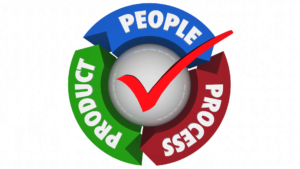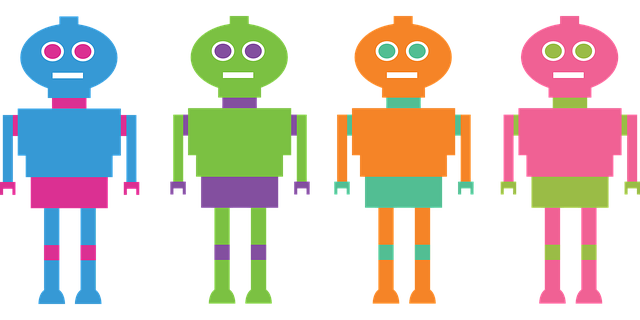What Constitutes Your Infrastructure?
According to dictionary.com, infrastructure is defined as:
- The basic, underlying framework or features of a system or organization
- The fundamental facilities and systems serving a country, city, or area, as transportation and communication systems, power plants, and schools.
The insurance industry typically considers infrastructure to mean the technological architectures within which hardware and software are purchased, deployed, run, and maintained.
Considering the fact that we couldn’t find any people in that definition — and since we haven’t reached the point at which AI and RPA enable hardware to purchase and install itself or software to program and implement itself — we think it’s a little narrow. Nor does it allow for the fact that software enables people to contribute to their organizations intellectually, as opposed to menially and mechanically, by automating menial, repetitively mechanical processes.
Infrastructure v2
We think we can (and should) give infrastructure a broader, more all-encompassing definition. Something more like this:
The resources, human, financial, and technological, by which the enterprise constitutes, operates, and sustains itself.
If we choose to define infrastructure that way (life is about choices), a number of productively beneficial things will happen:
- We’ll define requirements for hardware and software more completely and accurately because we won’t forget the people who have to use the hardware and software we procure and deploy.
- We’ll be more likely to procure the hardware and software that will be most beneficial their respective organizations because we won’t forget the people who have to use the hardware and software we procure and deploy.
- We’ll achieve more favorable outcomes because we won’t forget the people who have to define, procure, and use the hardware and software we procure and deploy.
One More Thing
The notion of people, product, process used to be so popular there were graphics and videos created to promote it. What happened? We don’t have any intentions of selling products short — ours or anyone else’s. But the idea of products without people to buy, use, and benefit from them is curious and shortsighted at best.
“The bots are coming! The bots are coming!” has become the latter-day equivalent of “The sky is falling.” We know the bots are coming. They’re inevitable. They’re even beneficial. But the activities they perform are programmed — by people. They’re not the result of spontaneous, inventive, electronic ingenuity.
We don’t have to broaden or our horizons all that much to make sure our definition of infrastructure is adequately inclusive. All we have to do is include people.
That’s just one more thing. But that one more thing is the most important element in the definition.
Let’s do it.
—
People, product, process image © videoblocks.com.





I had no idea that infrastructure is normally recognized as technological architecture and how they are maintained by industries. My cousin has been thinking about learning more about the infrastructure in her area in order to know more. Finding some website that will be able to teach her about the district in her area could satisfy her curisosity.